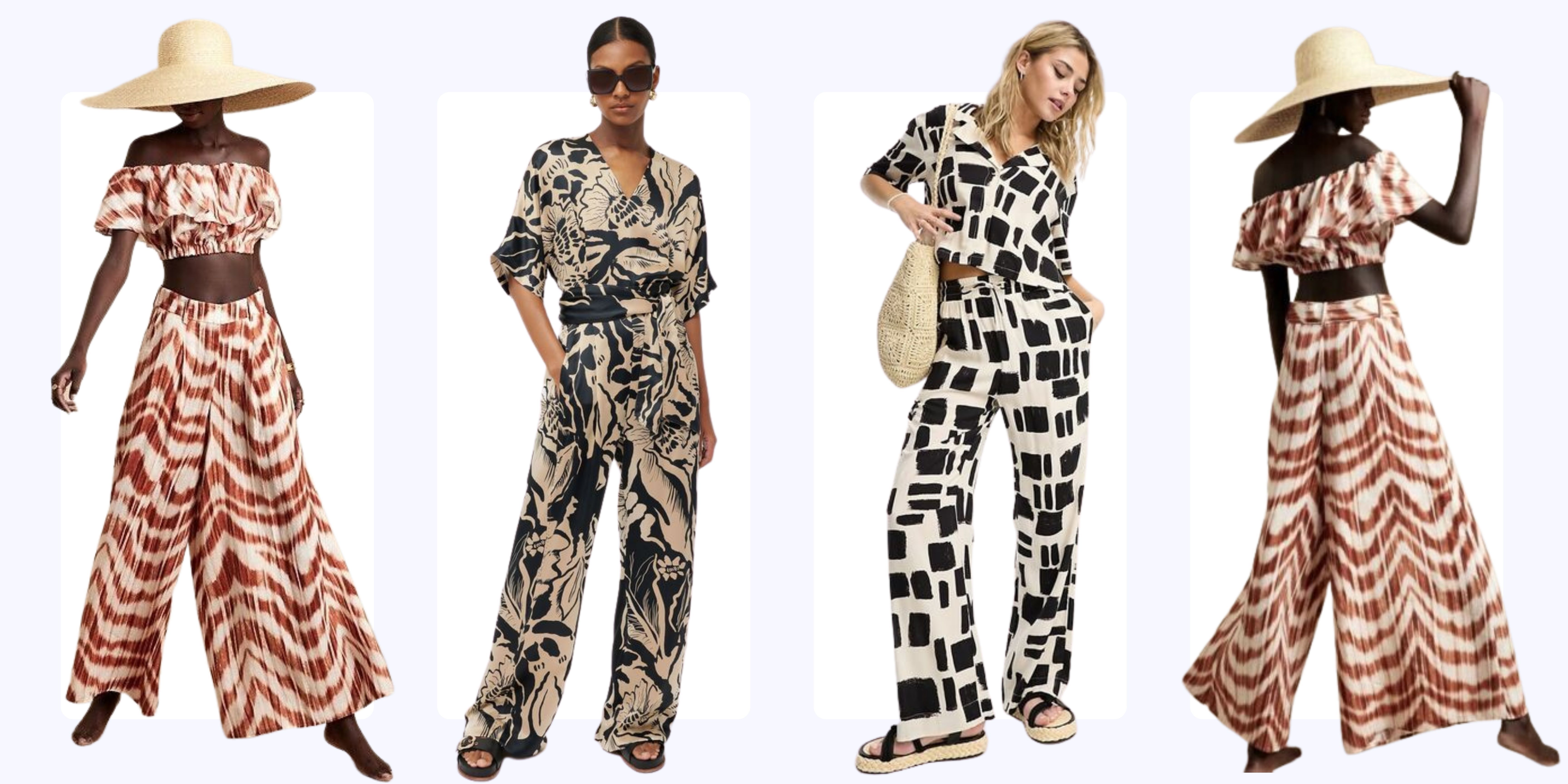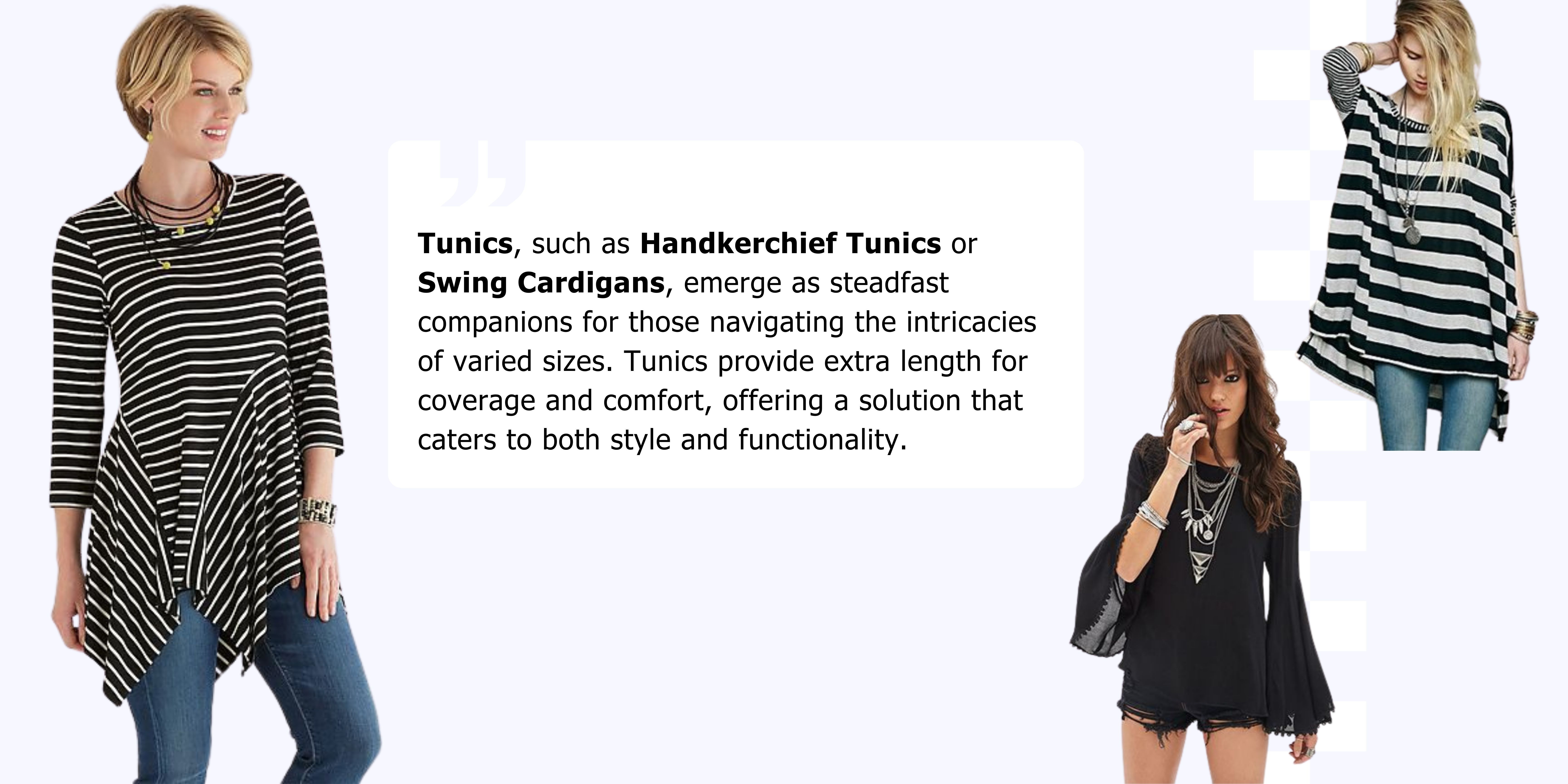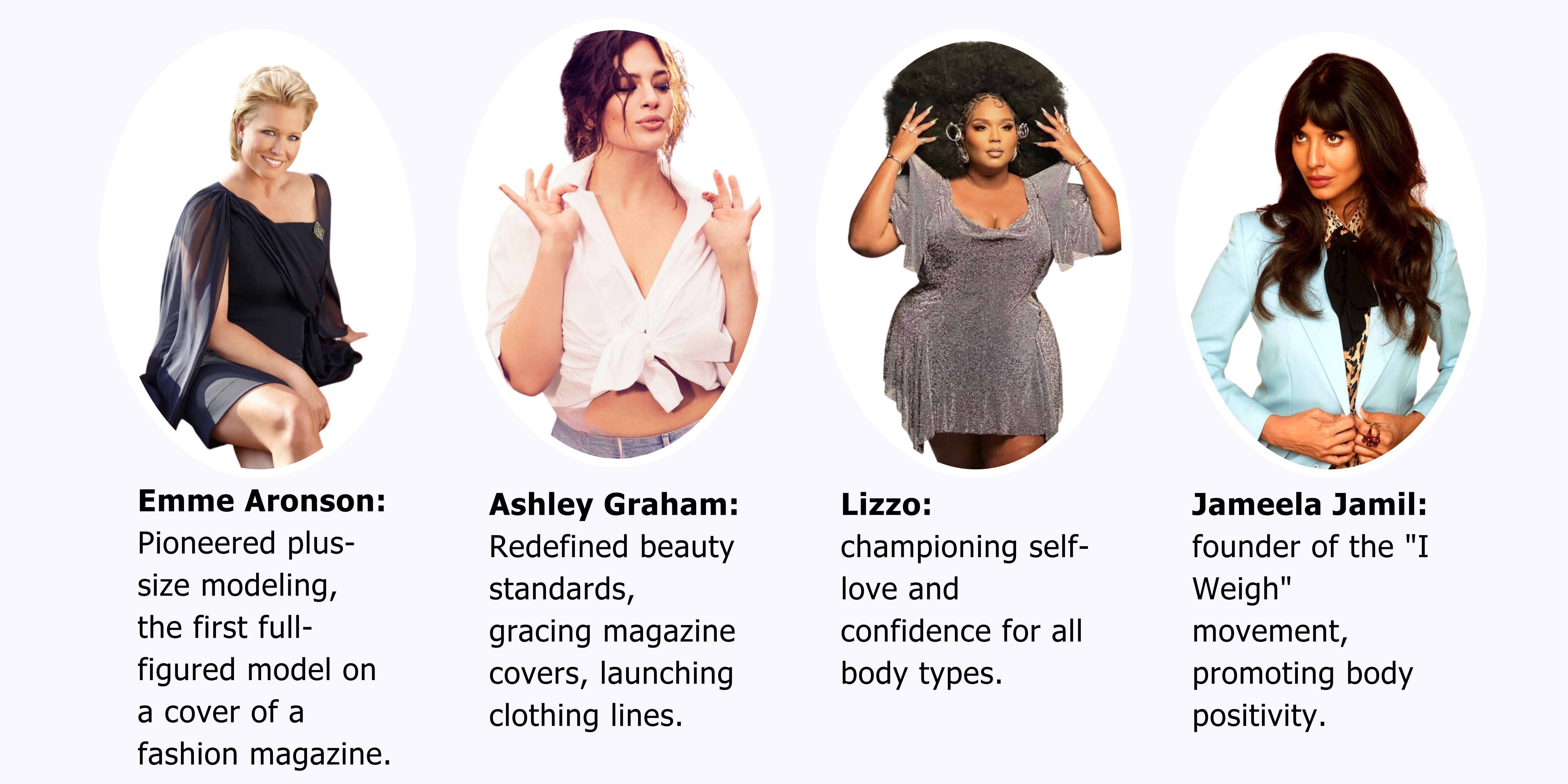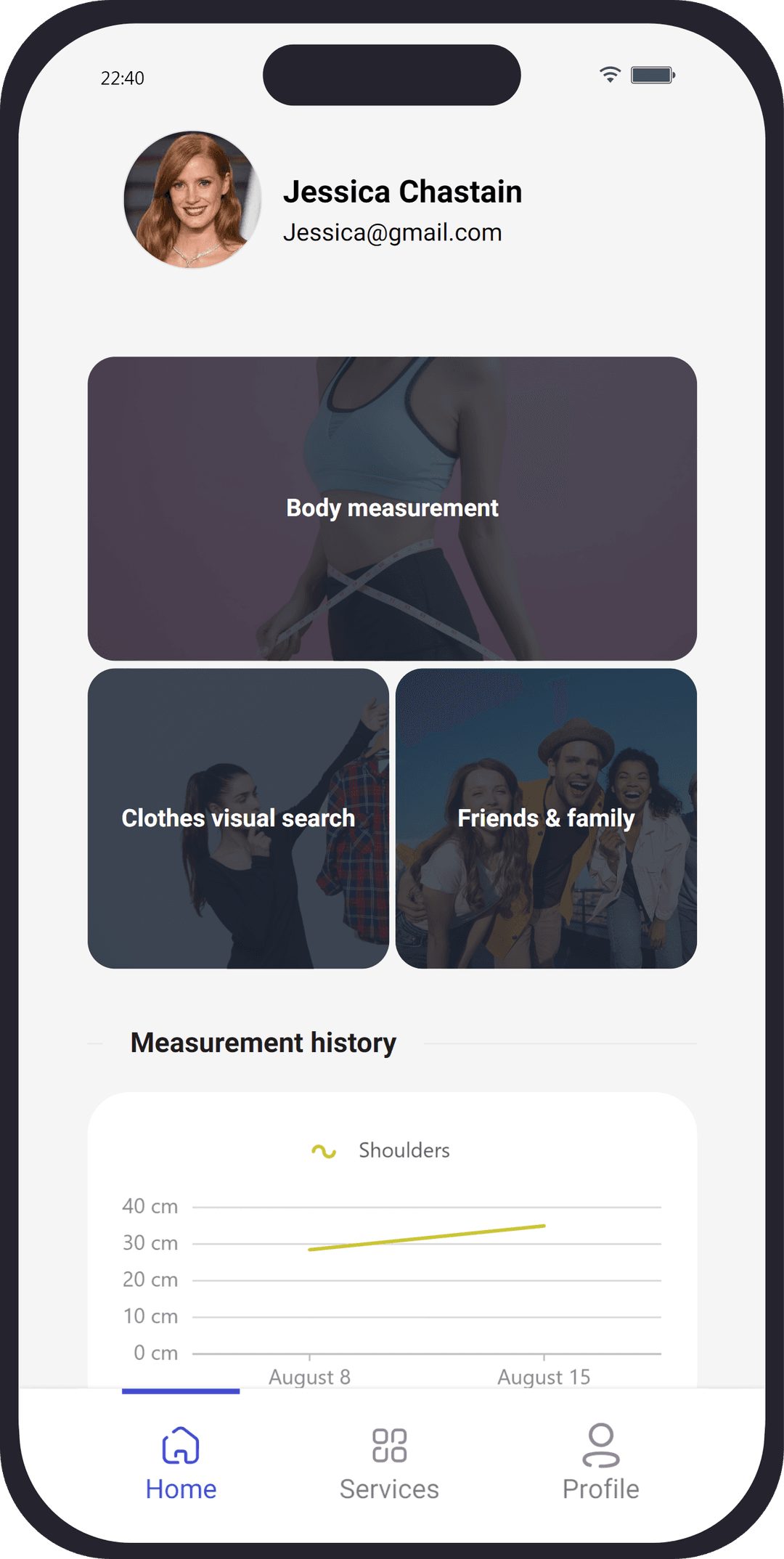
Different Sizes For Tops And Bottoms
Different sizes for tops and bottoms pose a common yet intricate challenge in the fashion landscape, affecting individuals of various body types. This sizing disparity, prevalent across diverse silhouettes, complicates the quest for well-fitting attire. Whether pear-shaped, requiring a larger bottom size, or inverted triangle-shaped, needing a larger top size, the struggle is universal. The emotional toll of settling for ill-fitting clothes can be discouraging. However, solutions abound. Embracing separates, where tops and bottoms are bought in different sizes, offer adaptability. Renowned brands and influencers are actively addressing this issue, fostering body positivity. Dive deeper into this pervasive challenge, discover smart styling tips, and explore the evolving narrative of body positivity. Your journey to comfortable and stylish fashion awaits – read on.
Navigating the world of fashion becomes a nuanced challenge when confronted with the reality of wearing different sizes on the top and bottom. This concern transcends the realm of plus-size fashion, introducing an added layer of complexity to the already intricate process of clothes shopping. The struggle to find well-fitting attire can often lead individuals to compromise on comfort, settling for ill-fitting garments due to the perceived difficulty of achieving a cohesive look.
The issue of wearing different sizes applies to various body types, whether one is pear-shaped, requiring a larger size on the bottom, or inverted triangle-shaped, necessitating a larger size on top. The conventional wisdom of trying to create an hourglass shape often dominates style advice. However, the emphasis should be on comfort rather than attempting to camouflage the size difference. Ill-fitting clothes that are too tight in some areas and too loose in others can result in constant tugging and adjusting, leading to discomfort and a less-than-ideal appearance.
Dresses, with their varied silhouettes, present a unique challenge for those wearing different sizes on the top and bottom. While some dresses may not provide the perfect fit, others, designed with a fuller bottom, can offer a solution. Separates become a go-to solution, allowing individuals to mix and match tops and bottoms in different sizes for a tailored and comfortable fit. Tunics, with their added length, become a preferred option, providing coverage for those with larger tummies or chests.
The key takeaway is that there's nothing inherently wrong with having different sizes for tops and bottoms. In a bygone era of custom-made clothing, such variations would have been expected. Understanding one's body and recognizing which styles work best can transform the shopping experience, making it enjoyable and empowering. The journey to finding the perfect fit is a shared experience, and by embracing the right styles, individuals can reclaim the joy of shopping, appreciating the diversity of body shapes and sizes within the broader landscape of fashion.

The Challenge of Varying Sizes
In the intricate tapestry of the global fashion landscape, one prevalent challenge stands out — the variability in sizes and the accompanying struggles faced by individuals in finding the perfect fit. This issue extends beyond the realms of plus-size fashion; it's a universal concern that often compounds the already complex world of clothes shopping. The prevalence of this challenge is substantial, with countless individuals grappling with the frustration of ill-fitting garments.
This sizing conundrum is not confined to a specific body type; it permeates across various shapes and sizes, posing a ubiquitous obstacle for shoppers. Different body types encounter distinct hurdles, adding an extra layer of complexity to the already nuanced world of sizing. For those with a pear-shaped physique, the need for a larger size on the bottom than on the top is a common reality. Conversely, individuals with an inverted triangle shape might find themselves requiring a larger size on top than on the bottom.
The problems associated with varying sizes extend beyond mere aesthetics. The quest for an ideal fit often forces individuals to settle for ill-fitting clothes, compromising on comfort for the sake of conforming to standardized sizing charts. This compromise can lead to a day filled with constant tugging and adjusting, resulting in a less-than-ideal look and a rather uncomfortable experience.
Moreover, the prevalence of this sizing challenge is a reflection of the broader shift in the fashion industry. Back in the era when clothes were custom-made to measure, sizing wasn't a topic of concern. However, the shift towards mass production and off-the-rack shopping brought with it a set of challenges for every shopper, regardless of body type. The need for standardized sizing across the industry has inadvertently created a one-size-fits-all approach that doesn't always align with the diversity of body shapes and sizes.
Understanding the ubiquity of the sizing challenge is the first step toward finding viable solutions. It's not an isolated issue faced by a select few; it's a collective concern that demands a reevaluation of sizing norms in the fashion industry. From embracing body positivity to exploring new approaches in garment design, addressing the challenge of varying sizes requires a holistic and inclusive perspective. The subsequent sections will delve into practical tips and insights, offering guidance on navigating the complexities of this sizing dilemma.

Smart Styling with Separates
The pervasive challenge of varying sizes in fashion transcends the boundaries of body types, becoming a ubiquitous concern for individuals navigating the world of clothing. While not exclusive to plus-size fashion, the intricacies of this issue amplify the already complex landscape of clothes shopping, prompting a closer examination of the prevalence and practical solutions.
This dilemma isn't confined to a specific body type; whether you have a pear-shaped silhouette requiring a larger bottom size or an inverted triangle shape necessitating a larger top size, the struggle is universal. The quest for well-fitting attire becomes a universal pursuit, prompting a shift in focus towards Smart Styling with Separates.
Separates, the practice of buying tops and bottoms in different sizes, emerges as a pragmatic solution to this widespread issue. The prevalence of this challenge is underscored by its intersectionality across body types and shapes. Statistics emphasize the need for a nuanced approach to clothing, one that goes beyond conventional sizing charts and acknowledges the diverse body shapes and preferences of the clientele.
Pros of this approach lie in its adaptability and versatility. Embracing separates allows individuals to curate a wardrobe that accommodates their unique measurements. Renowned brands and fashion magazines have recognized the significance of this issue and have initiated efforts to address varying sizes. These initiatives transcend traditional sizing charts, introducing specific styles designed for those who wear different sizes on the top and bottom.
However, there are cons to consider, such as the potential emphasis on size differences when tops are tucked in. Despite this, the overarching message is clear—there's nothing wrong with your body. This empowering stance aligns with the evolving landscape of fashion, emphasizing inclusivity and individuality.
Styles perfect for this situation are abundant, offering a diverse range of options that complement different body shapes. Tunics, such as Handkerchief Tunics or Swing Cardigans, emerge as steadfast companions for those navigating the intricacies of varied sizes. Tunics provide extra length for coverage and comfort, offering a solution that caters to both style and functionality.
In the pursuit of Smart Styling with Separates, individuals are encouraged to embrace their unique measurements, celebrating the diversity of their bodies. As the fashion industry continues to evolve, the emphasis shifts from fitting into standardized molds to finding styles that fit the individual. The journey involves not only discovering the right size but also unlocking the confidence that comes with wearing clothes tailored to one's unique body, irrespective of the challenges posed by varying sizes.

Body Positivity in Fashion
The issue of body positivity in the realm of fashion has ignited a powerful movement challenging traditional beauty standards. This paradigm shift has prompted influential individuals and brands to reevaluate their approaches, ushering in a new era that prioritizes diversity, comfort, and the celebration of unique body styles.
In recent years, numerous high-profile figures and celebrities have become vocal advocates for body positivity, leveraging their platforms to challenge the long-standing norms of the fashion industry. Personalities like Lizzo, Ashley Graham, and Jameela Jamil have spearheaded conversations about embracing all body types, encouraging individuals to reject unrealistic beauty ideals. These influential voices have not only sparked dialogue but have also actively engaged with fashion brands, pushing for more inclusive sizing and representation.
Leading fashion brands have also recognized the importance of aligning with the ethos of body positivity. Inclusivity has become a key focus for many, with industry giants like Nike, Aerie, and Savage x Fenty by Rihanna making strides in offering a diverse range of sizes and featuring models of various body types in their campaigns. These brands have not only embraced a more expansive size range but have also championed realistic depictions of beauty, resonating with a broader audience.
The success of the body positivity movement is evident in its prevalence across social media platforms. The hashtag #bodypositivity has garnered millions of posts on Instagram, Twitter, and other platforms, with individuals proudly sharing their journeys toward self-love and acceptance. This digital shift reflects a growing consciousness about the importance of comfort and self-expression in fashion.
The movement emphasizes the significance of comfort in clothing choices, challenging the notion that style must come at the expense of physical well-being. Comfort, both physical and emotional, has become a driving force in reshaping fashion narratives. Individuals are now encouraged not only to find clothes that fit but to prioritize garments that make them feel good and confident in their unique bodies.
Knowing one's unique body style has become a cornerstone of the body positivity movement. It's about understanding proportions, appreciating individual features, and embracing personal preferences. The fashion industry's responsiveness to this call for diversity and comfort marks a notable shift, with an increasing number of brands incorporating these values into their ethos.
As the body positivity movement gains momentum, it propels the fashion industry toward a more inclusive and accepting future. The success of this paradigm shift lies not only in the increased representation of diverse bodies but also in fostering a culture that celebrates individuality. In the ongoing journey toward body positivity, fashion continues to evolve, paving the way for a future where everyone feels seen, accepted, and comfortable in their own skin.
Conclusion
In conclusion, the challenge of varying sizes in the fashion landscape is a universal concern that transcends body types and shapes. The prevalence of this issue, highlighted by staggering statistics and embraced by influential figures and brands, underscores the need for a paradigm shift in the industry's approach to sizing.
Navigating the complexities of varying sizes requires a multifaceted understanding, from the challenges faced by individuals to the initiatives undertaken by the fashion industry. The emergence of Smart Styling with Separates as a practical solution speaks to the adaptability and versatility needed to address this widespread challenge. Embracing separates allows individuals to curate wardrobes that celebrate their unique measurements, challenging outdated notions of standardized sizing.
The body positivity movement further amplifies the call for diversity and comfort in fashion. Influential voices championing this cause, coupled with the active participation of forward-thinking brands, signal a significant shift in the narrative. The success of this movement lies not only in reshaping beauty standards but also in fostering a culture that prioritizes individuality and self-expression.
As individuals embark on the journey of self-discovery and acceptance, the fashion industry plays a pivotal role in providing spaces for diverse bodies and styles. From the challenges of varying sizes to the empowering embrace of body positivity, the fashion landscape is evolving towards inclusivity. The ongoing dialogue and initiatives spearheaded by both consumers and industry players pave the way for a future where fashion is a celebration of diversity, defying the constraints of standardized sizes.



